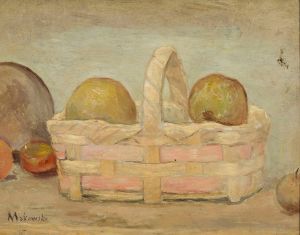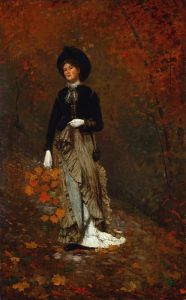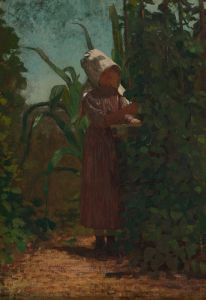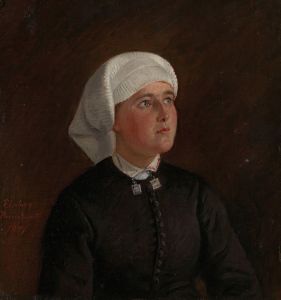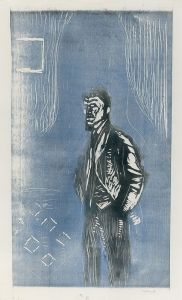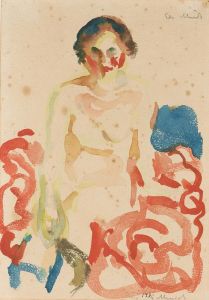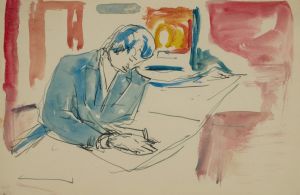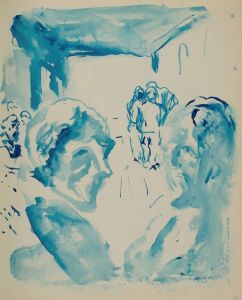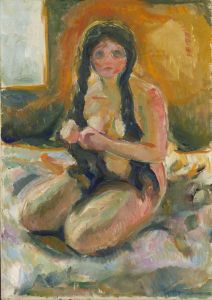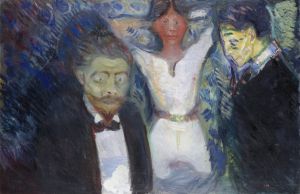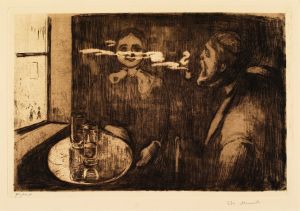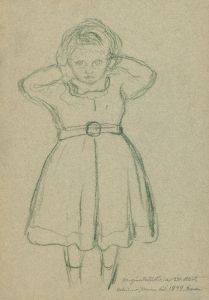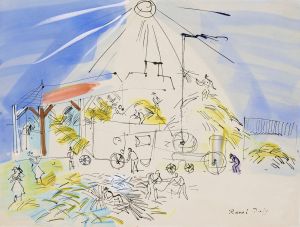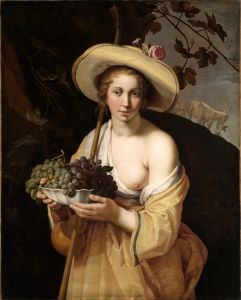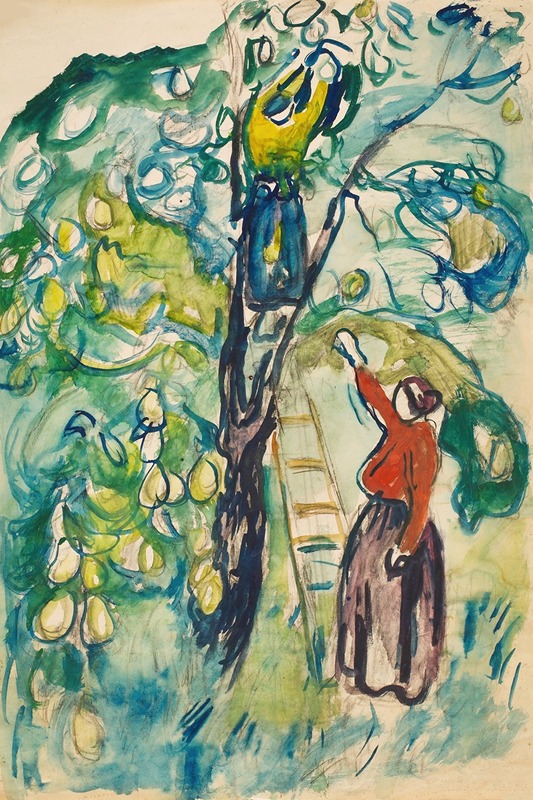
Kvinner høster frukt
A hand-painted replica of Edvard Munch’s masterpiece Kvinner høster frukt, meticulously crafted by professional artists to capture the true essence of the original. Each piece is created with museum-quality canvas and rare mineral pigments, carefully painted by experienced artists with delicate brushstrokes and rich, layered colors to perfectly recreate the texture of the original artwork. Unlike machine-printed reproductions, this hand-painted version brings the painting to life, infused with the artist’s emotions and skill in every stroke. Whether for personal collection or home decoration, it instantly elevates the artistic atmosphere of any space.
"Kvinner høster frukt" (Women Harvesting Fruit) is a painting by the renowned Norwegian artist Edvard Munch. Munch, born on December 12, 1863, in Loten, Norway, is best known for his evocative and emotionally charged works, particularly "The Scream," which has become an iconic image in art history. His oeuvre spans various themes, including love, anxiety, death, and existential reflection, often drawing from his personal experiences and the Symbolist movement.
"Kvinner høster frukt" was created in 1911, during a period when Munch's style was evolving towards a more vibrant and expressive use of color and form. This painting depicts a group of women engaged in the activity of harvesting fruit, a common and recurring theme in Munch's work that reflects his interest in the cycles of life and nature. The scene is imbued with a sense of harmony and connection to the natural world, which contrasts with some of his earlier, more angst-ridden pieces.
The composition of "Kvinner høster frukt" is notable for its dynamic arrangement and the use of bold, sweeping brushstrokes. Munch employs a vivid palette, with rich greens, yellows, and reds dominating the canvas, capturing the lushness of the landscape and the vitality of the women at work. The figures are rendered with a certain fluidity, emphasizing movement and the physicality of their labor. This approach aligns with Munch's broader artistic goals of conveying emotional and psychological depth through visual means.
Munch's choice to depict women in this pastoral setting can be seen as part of his broader exploration of gender roles and the human condition. Throughout his career, he often portrayed women in various roles, from the nurturing mother to the femme fatale, reflecting the complexities and contradictions of his views on femininity. In "Kvinner høster frukt," the women are shown as active participants in the sustenance of life, highlighting their integral role in the natural and social order.
The painting is housed in the Munch Museum in Oslo, Norway, which holds the largest collection of Munch's works. The museum was established in 1963, on the centenary of Munch's birth, and serves as a testament to his enduring legacy and influence on modern art. "Kvinner høster frukt" is part of the museum's extensive collection, which includes over 1,200 paintings, 4,500 drawings, and 18,000 prints, offering a comprehensive overview of Munch's artistic journey.
Edvard Munch's impact on art extends beyond his native Norway, influencing numerous artists and movements throughout the 20th century and beyond. His innovative use of color, form, and symbolism has cemented his place as a pivotal figure in the transition from 19th-century Symbolism to 20th-century Expressionism. "Kvinner høster frukt" exemplifies his ability to capture the essence of human experience and the beauty of the natural world, making it a significant work within his prolific and varied career.





